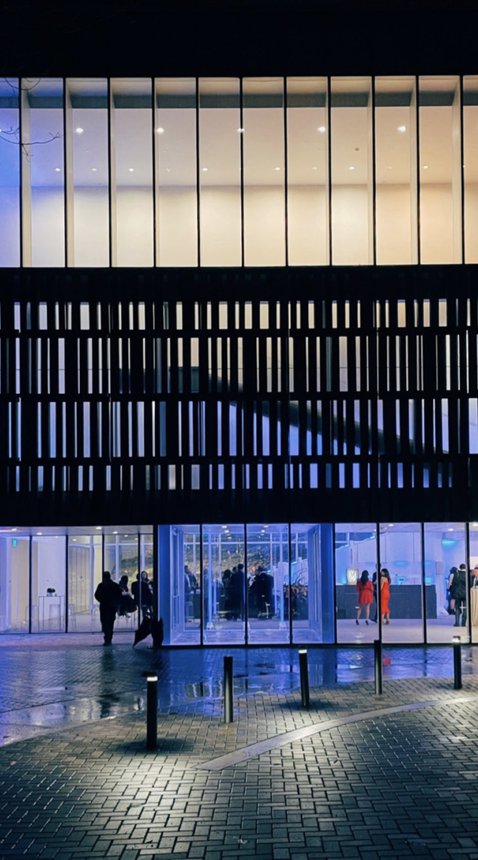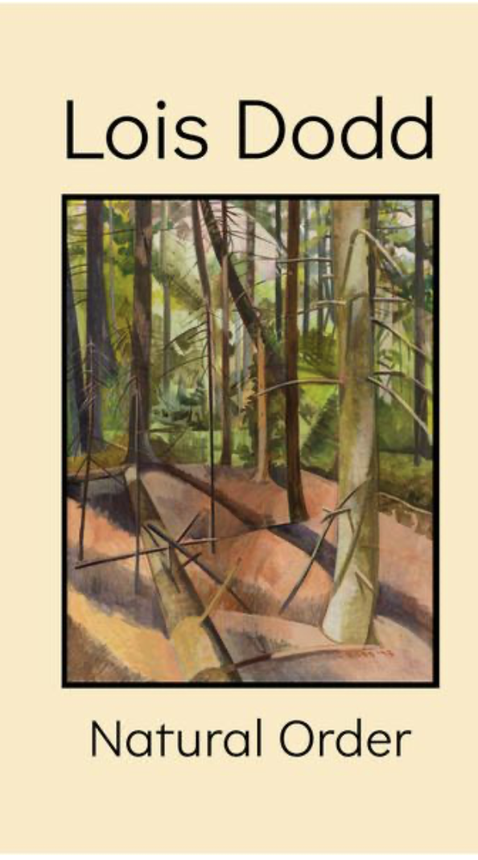These nondescript but notable wasp illustrations, photo, and nest date to Howes’s first expedition to British Guiana (now Guyana) in 1916, where he served as the research assistant for The New York Zoological Society which created a field station headed by the famed naturalist William Beebe. There, Howes collected six nests and later hatched them in Greenwich, identifying the species as Trigonopsis abdominalis. Some of the preserved adults made it into the collections of the British Museum and the United States National Museum. In 1978, Colin R. Vardy, an entomologist with the British Museum, encountered Howes’s specimens as he worked on a detailed taxonomic revision of the wasp genus Trigonopsis and noted some differences between them and other known representatives of abdominalis. The specimens were different enough that he named them as a new species, howesi, in honor of Howes and his important research.



